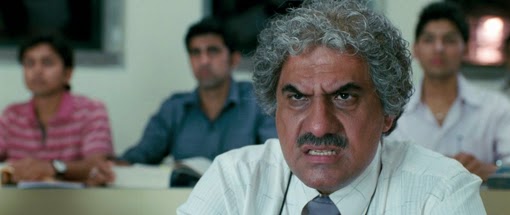Astronaut Pens: Not every solution is simple

"During the space race back in the 1960's, NASA was faced with a major problem. The astronaut needed a pen that would write in the vacuum of space. NASA went to work. At a cost of $1.5 million they developed the "Astronaut Pen". Some of you may remember. It enjoyed minor success on the commercial market. The Russians were faced with the same dilemma. They used a pencil." Fantastic story, right? Except that's not what happened. NASA originally used pencils in space but pencils tend to give off things that float in zero-g (broken leads, graphite dust, shavings) and are flammable. So they looked for another solution. Independent of NASA, the Fisher Pen Company began development of a pen that could be used under extreme conditions and they succeded . As architects, we always try to emphasise the importance of simplifying our design solutions. Simplicity has its own advantages. But not every situation deserves a simple solution.




